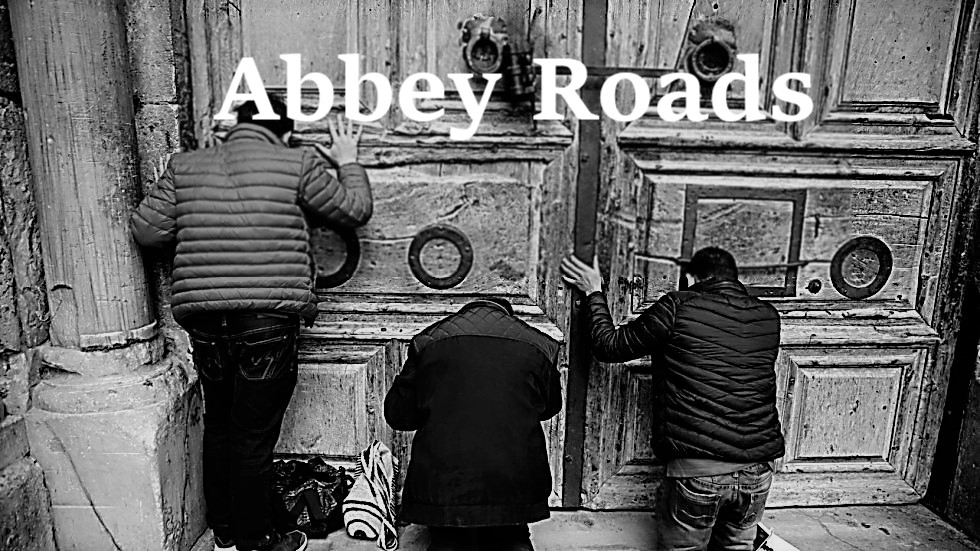
Inferno, Sergi Parra
I'm rather liberal when it comes to art, for instance, I wasn't immediately offended by the African style Dung Madonna, since it seemed to me to be a sincere attempt at portraying the Madonna in primitive simplicity, reminiscent of tribal art, not to mention, dung was/is a material of many uses. Of course people can and will disagree with me, and that is their prerogative to do so. Unfortunately, after the initial hoopla, I eventually found out the artist embellished the work with representations of female orifices... and the political, anti-religious sentiments became obvious to me. I soon understood the offense.
I must admit I do from time to time, find secular interpretations of religious people and themes by contemporary artists to be offensive, chiefly because it seems to be the intent of the artist - the works are usually meant to be offensive, or at least provocative. Likewise, I find it disturbing that many secular artists usually know very little about the themes they choose to exploit, themselves apparently lacking any in depth understanding of anything academic outside of their subjective interest. Although, who can fault an art major for not comprehending natural law or Catholic moral teaching? Nevertheless, I can appreciate in their work such things as composition, technique and style without personally liking a particular piece. Yet if it be a politicized work, it strikes me less as a work of art and more a piece of propaganda.
A few years ago there was a magnificent corpus or crucified body representing Christ made entirely of chocolate. It was beautifully done, yet the purpose was highly suspect; the nudity, the fact it was made of chocolate, and on display in a commercial setting during Holy Week and Easter - it wasn't appropriate.
A few years ago there was a magnificent corpus or crucified body representing Christ made entirely of chocolate. It was beautifully done, yet the purpose was highly suspect; the nudity, the fact it was made of chocolate, and on display in a commercial setting during Holy Week and Easter - it wasn't appropriate.
That said, Parra's work is offensive in the extreme. At first when I read about it I imagined it to be a nude model with the actual cross covering the genital area - as in Christ holding the cross, instead I discovered a small painting - holy card - of the Crucifixion by Diego Velazquez covers the genitals - the actual photo is shown above, but I cropped out the genital area. Clearly the work is anti-Catholic, exhibited in Catholic Spain. To take the work of Velazquez and make a G-string/posing strap out of it is offensive enough, but to mock the crucifixion of Christ is blasphemy and an abomination. The boycott and petition to remove the work is right and just.
I think it is important to note that some artists, though they resort to erotica and sexualization of sacred subjects, themselves may be on a path seeking what is true, authentic, and beautiful, and their work may display that process. Their exploration and search for truth, sorting the good from the bad, and so on, in all of its rawness, just might be their response to an interior call. Although we the viewer may find it offensive, I'm not sure we need to condemn the artist. It's kind of a love the sinner, hate the sin deal going on here.

















